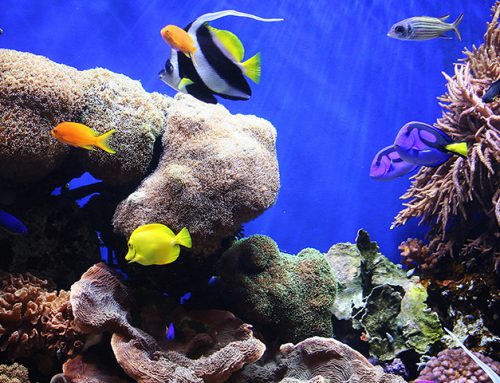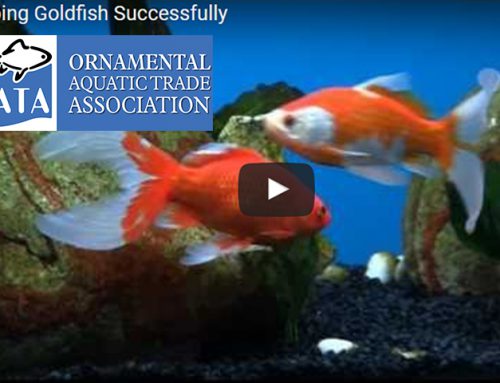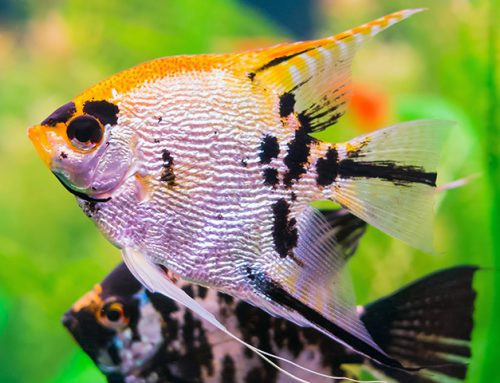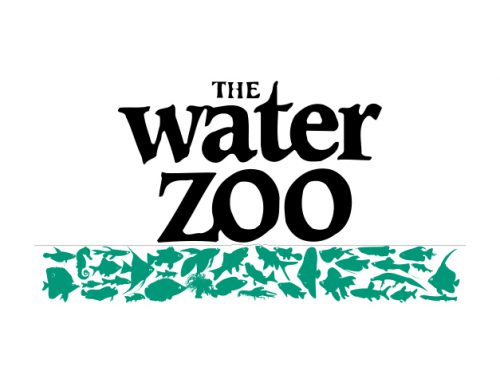Good water quality is the key to a healthy and successful aquarium or pond. Many fish health & algae problems are caused by unsuitable or poor water quality.
It is important to test your water frequently, especially within six weeks of establishing, your aquarium or pond, or when there are fish health problems. Water quality is rarely stable, even in a well established environment there are many factors that cause it to change or deteriorate. These include: stocking level, age of aquarium or pond, maintenance routine, size & type of fish, feeding, along with many other factors.
When we test your water this it is a snapshot of the water quality at the moment the water sample was taken. We are only testing for the most common water quality problems, it is not a complete analysis of your water.
There are many factors we cannot test for, these include; oxygen, temperature & toxins foreign to your aquarium that would have an adverse affect on your fish e.g. pesticides. For us to test for the six parameters below will cost £2.50, alternatively you can purchase, your own test kits in our dry goods area, prices start at around £7.00 for each kit.
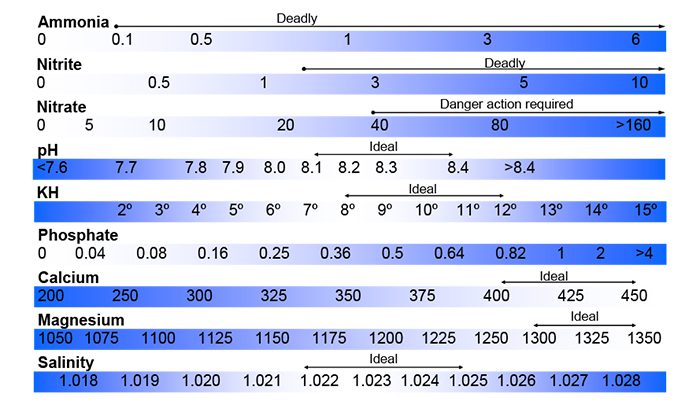
If you are suffering from algae problems please ask for a Phosphate test to be carried out, otherwise the section below will not be completed. This will cost an extra £2.50 as it is carried out with an extremely sensitive high grade test kit and takes time to develop.

Interpreting the results
Our staff will have marked the above chart with the results obtained from your water sample. The closer the mark is to the light areas the better the water quality is. They will give you a brief explanation of any problems they have found along with any remedial action required. Overleaf is a detailed explanation of the relevance of each of the water quality parameters above, as well as further information on how to make any necessary improvements.
Ammonia
This is extremely toxic to all fish, especially if the pH is above 7.5. Ammonia is excreted by the fish primarily through their gills. A well established aquarium or pond with an adequate filtration system that supports a good population of Nitrosomonas (good bacteria) will not have any ammonia. These bacteria mineralise the ammonia into slightly less toxic nitrite. The most common reason for the presence of ammonia is a new aquarium with insufficient Nitrosomonas to cope with the waste being produced by the fish. Other reasons for high ammonia include, overfeeding, overstocking, stocking too quickly, unnoticed dead fish, & insufficient filtration. Ammonia should be kept as low as possible at all times. Reduction of ammonia can be achieved in the short term by partial water changes, use of carbon, Fluval ammonia remover, Polyfilter or the addition of Prime, combined with reduction of feeding or stocking level. The only way to achieve a low level long-term is by the use of a good filtration system with sufficient good bacteria.
Nitrite
Nitrite is produced when the Nitrosomonas (good bacteria) mineralise highly toxic ammonia into less toxic nitrite. As with Ammonia the level should be as close to zero as possible. Hardy fish can tolerate low levels of nitrite, although this does make them prone to disease. The causes of high nitrite are the same as high ammonia, as are the ways to reduce it. The use of Interpet Aqualibrium salt can reduce it’s toxicity to the fish dramatically.
Nitrate
This is the end product of the filtration process caused by Nitrobacter (another type of good bacteria) mineralising Nitrite. Relative to ammonia & nitrite, nitrate is harmless in low levels. It cannot be broken down further by conventional filtration systems, one of the easiest way to maintain low nitrate is frequent partial water changes. The ideal level for nitrate for most fish is below 100ppm, delicate fish will require lower levels. If you have a persistently high nitrate it is worth checking the level in the tap water, it could be the cause. For more details on nitrate see The WaterZoo guide to nitrate. This is available free of charge on request, or at www.waterzoo.co.uk.
pH
pH is measured on a scale of 0 to 14 with 7 being a neutral value. If the pH level is below 7 it is acid, if above 7 it is alkaline, with 7 being neutral. The scale is logarithmic, a change from 6 to 7 is an increase of 10, a change from 6-8 is an increase of 100 and from 6 to 9 is an increase of 1000 and so on. The pH is important to all aquatic organisms as it is interlinked with many other water quality parameters. For example a high pH causes ammonia to be very toxic even when present in tiny quantities. Also the amount of carbon dioxide or oxygen present in the aquarium will have a direct affect on pH levels. It is normal to a have slight changes in pH these are caused by algae & plants producing oxygen when exposed to light. The changes are small normally about 0.2 and will not cause a problem. The ideal level for most fish is between 6.5 & 8.5, the exact level is not that critical for most fish provided it is stable. We would not advise altering the pH unless it is outside this range, or specialist fish are being kept. Changes in pH are easily achieved with a pH altering product. If you are trying to reduce the pH you should use reverse osmosis water which has a 0 KH to make this possible. Many rocks and gravels contain substances that will help water resist reductions in pH.
GH
General Hardness (GH) is total amount of dissolved salts present in the water. These are mainly Calcium & Magnesium, as well as sulphates & carbonates. A low GH is referred to as soft water whereas a high GH is referred to as hard water. The water from the tap in East Anglia is hard with a GH of around 18. Most fish prefer a GH of between 7 and 20. Plants will also grow better with a lower GH. Fish from Lake Malawi & Lake Tanganyika prefer it above 20 & Discus below 7.Shifts in the GH level can be caused by the use of Rain water or R.O. water, some rocks can increase it, infrequent water changes may also reduce it.
KH
Carbonate Hardness (KH) refers to the waters ability to resist changes in the pH value. Sometimes KH is called buffering capacity. KH naturally decreases with time due to natural processes removing it from the water. When the KH is low this can result in swings in the pH value resulting in fish and plant problems. The ideal KH value for most freshwater fish is between 4 & 13. A low KH can be corrected by water changes as the tap water in this area has a KH of around 6, alternatively you can use Kent pH stable to raise it. If the KH is too high you can filter the water through peat, Ehiem Ehfitorf is ideal, or use Reverse Osmosis water for water changes.
Phosphate
Phosphate enters the aquarium primarily by feeding the fish and can accumulate at an alarming rate. It is not toxic to fish unless present in high levels, although levels as low as 15 parts per billion can cause algae problems. Water changes are no defence against it’s accumulation as the tap water in this area contains 40 times the recommended level. To reduce it you should use ‘Rowaphos’ in the aquarium & ideally change the water using Reverse Osmosis water that is free of all impurities including phosphate and nitrate.
Due to restrictions of space this publication only gives basic information about water quality, for further information reading Maintaining a Healthy Aquarium published by Interpet is recommended.
